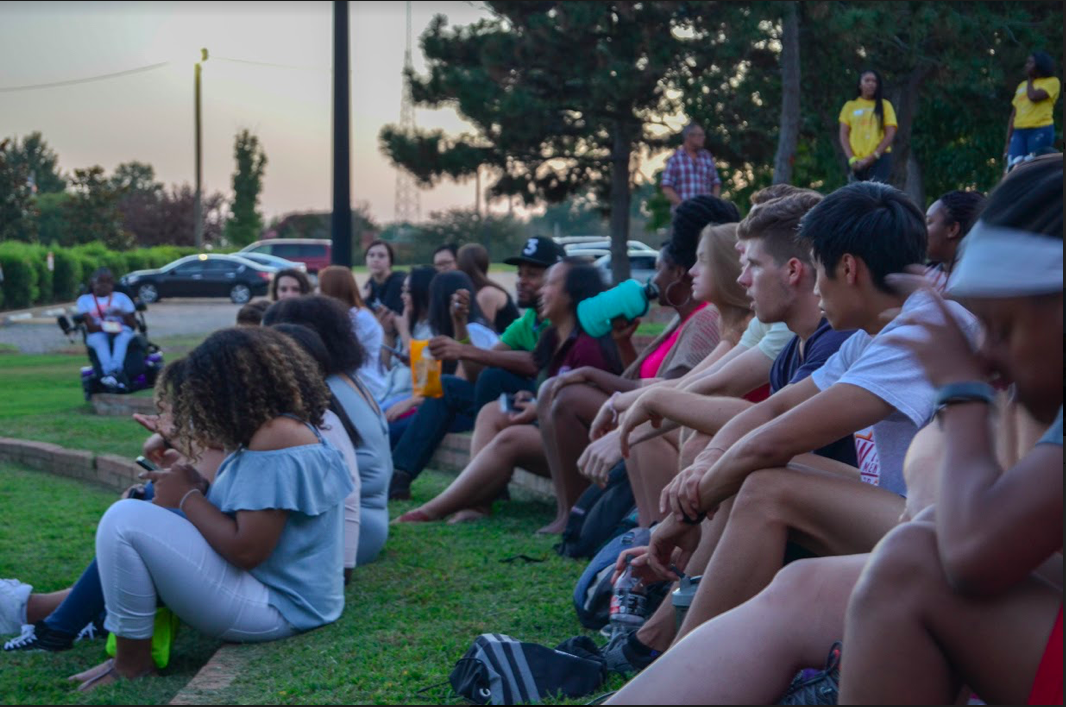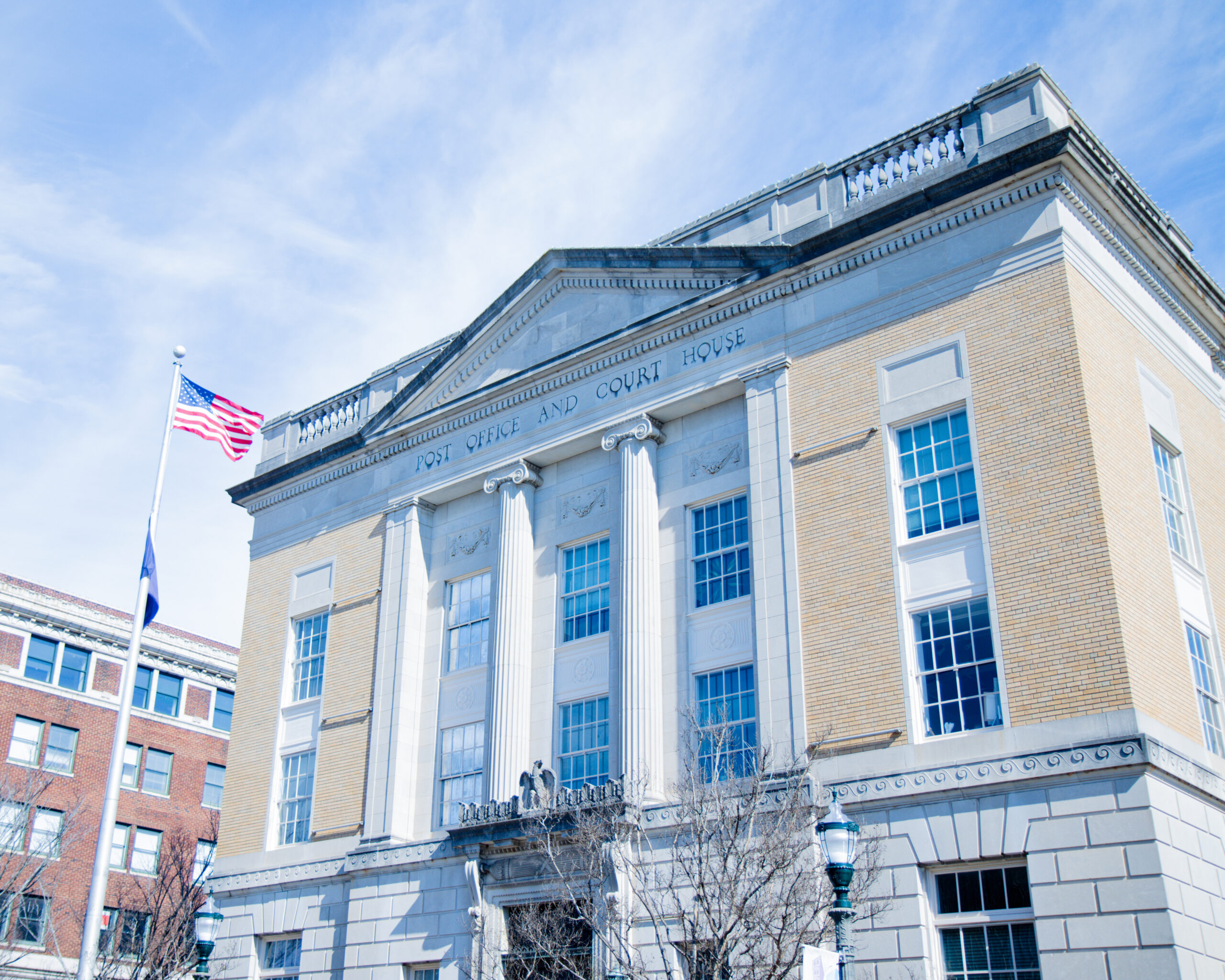College of Charleston recently resumed affirmative action in its admissions after “quietly discontinuing” the policy for two years without notifying professors, students or parents, according to the Post and Courier. This news raised questions among Winthrop University students about their school’s policies.
There are no affirmative action policies for admissions at Winthrop said Eduardo Prieto, the vice president for access and enrollment management. He described Winthrop’s admissions policies as “race-blind.”
“We’re blessed with students of all backgrounds to applying to us, so we do not feel a need to implement a type of affirmative action policies. We’re far from perfect but for a regional, public school, we’re one of the most diverse schools in the country,” Prieto said.
According to Winthrop’s admissions policy, students based on academic credentials and talents regardless of their background. Institutional scholarships are also distributed to students based on credentials.
Prieto said that Winthrop’s student population is reflective of South Carolina’s demographics. According to the U.S. Census Bureau, as of July 1, 2017, 68.6 percent of the state’s population is white, while 27.3 percent is African American and 5.7 percent is Hispanic/Latino.
Winthrop’s undergraduate population population is 60 percent white while 28 percent is African American, and 5.6 percent is Hispanic/Latino, according to its Fall 2017 Student Profile. The Fall 2018 Student Profile has yet to be released.
“I think it’s safe to say that over the years that our ethnic population has increased without the use of affirmative action,” Prieto said, citing “equal” recruitment and campus atmosphere as reasons for attracting “talented students from a variety of backgrounds.”
Besides College of Charleston’s withdrawal and reinstatement of affirmative action, one of the most recent events involving affirmative action was the Supreme Court case of Fisher v. University of Texas on June 23 2016.
The court ruled four to three that affirmative action has limited use in school and university policies. Justice Elena Kagan was not included in the consideration because she worked on the case, according to the New York Times.
The inclusion of affirmative action is in place in policies focused on providing educational and employment opportunities for people who have been historically excluded, Prieto said.
Introduced in 1961 by John F. Kennedy’s Executive Order 10925, it made racial discrimination in employment illegal. Lyndon B. Johnson’s Executive Order 11246 expanded affirmative action to include women, people of different nationalities and other minorities in 1965.




